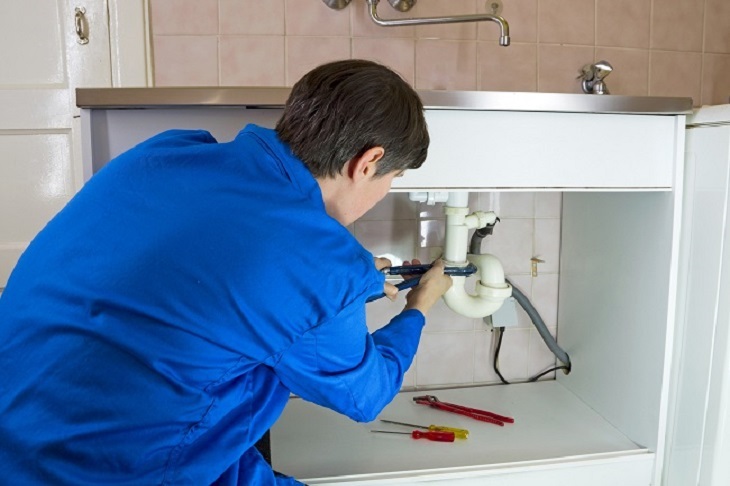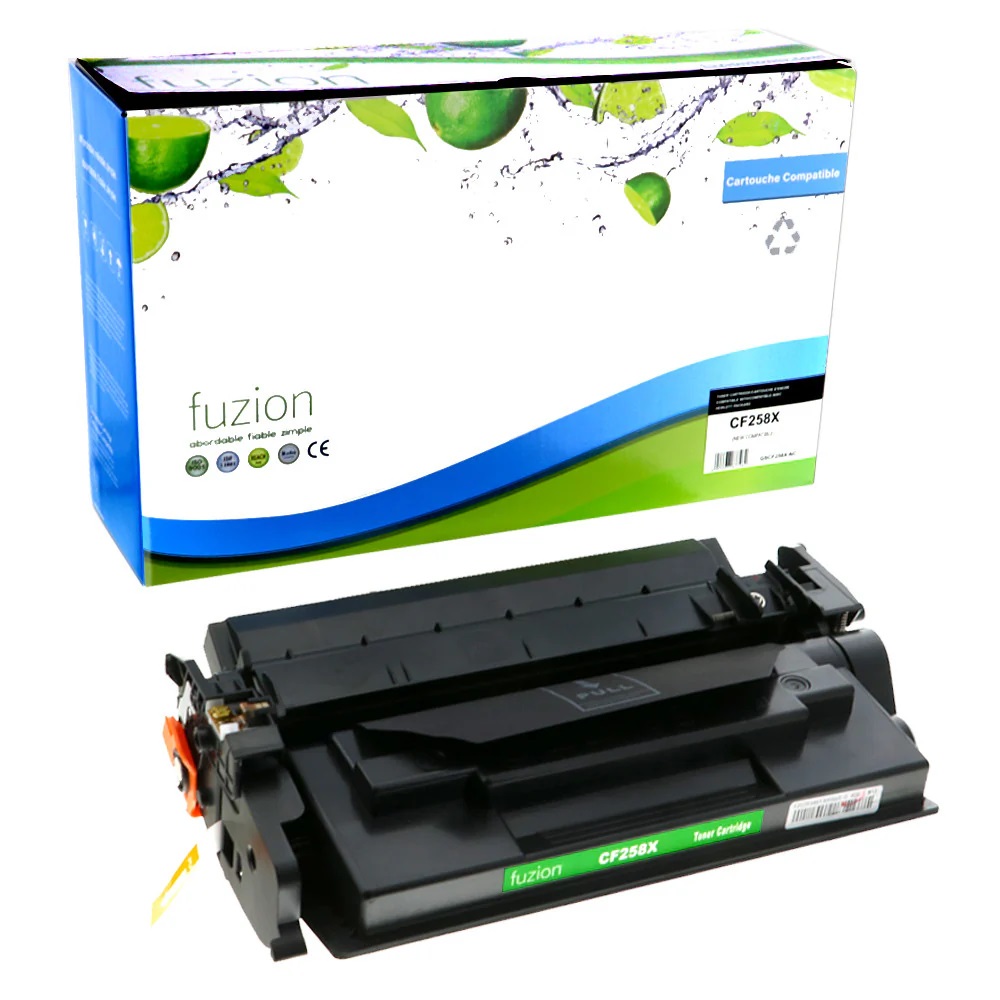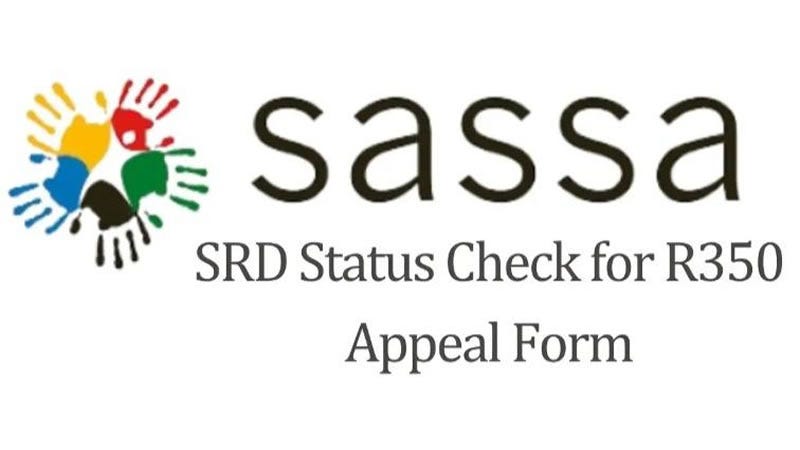Understanding the Common Causes Behind Blocked Drains

Blocked drains are an overarching household issue that everyone has had to deal with at some point. They seem to occur at the most inconvenient times, causing unnecessary stress and often leading to expensive repairs. Understanding the causes behind these blockages can shed light onto preventive measures ensuring the smooth functioning of appliances and sanitation systems within the household.
Unraveling the mysteries behind the causes not only helps in preventing blocked drains but also conserves resources. The importance of this understanding extends beyond the confines of our homes reaching into a larger ecological context. A well-educated resident can contribute to water conservation efforts, minimize damage to city sewage systems and lessen environmental impact.
Understanding Blocked Drains: Digging Deeper
Understanding blocked drains begin with a basic comprehension of how the drain system works. Pipes are designed to provide a path of least resistance for the fluid to flow. Anything that impedes this flow causes a blockage. Blockages occur when substances that the pipes are not designed to handle are introduced into the system.
Blocked drains can severely impact the plumbing system at large causing problems from mild inconveniences to major sanitation issues. They can lead to slow draining sinks, toilets that don’t flush properly, and bad odors to name a few. More seriously, they can cause pipe burst leading to water damage, mold, and potential hazards to the structural safety of the building.
The Common Culprits behind Blocked Drains
The usual causes of blocked drains vary widely but some culprits are more commonly found than others. Hair, especially in bathroom drains, binds with grease and other sticky substances to form clogs. Food waste or pieces of soap can also accumulate over time blocking the drain.
Smaller objects dropped accidentally can not only block the drain but also cause significant damage to the pipes. Further, an often overlooked but significant cause is the mineral build up. Hard water with a high mineral content forms deposits over time, reducing pipe diameter and ultimately leading to blockage.
The Tree-Root invasion: An Unseen Nemesis
Tree roots can cause sinister drain issues and often it’s the least suspected issue. They can grow into the pipes causing obstruction and breakage. Even a small crack or leakage in the pipe can attract tree roots seeking moisture. Once inside the pipe, they form a net capturing debris and causing significant blockages.
Signs of a tree root problem can include slow flowing drains and gurgling noises from your toilet bowl. Visible roots around the vicinity of your sewer line or lush patches of green above your sewer line can also be tell-tale signs of a tree root invasion.
The Fatberg Menace: Oil and Grease build-up
One of the biggest threats to your drains comes from cooking waste, specifically oil and grease. Often termed as ‘fatbergs’, they are large, congealed lumps of fat, sanitary items, wet wipes and similar items which do not break down in the sewer. A notable example is the Whitechapel fatberg, a 250-meter long, 130-tonne ‘monster’ that was discovered blocking the sewers of London in 2017.
This issue expands beyond household drains as it contributes to massive blockages in larger sewage systems. The aforementioned Whitechapel fatberg required an eight-week ‘sewer war’ involving a team of workers to clear the monstrous blockage.
Toiletries and Non-flushable Items: The Underrated Offenders
A common misconception among many homeowners is that anything that fits in the toilet can be flushed. However, products like hygiene wipes, sanitary products, and even some types of toilet paper do not decompose quickly enough and can cause blockages. Despite what packaging might suggest, very few of these products are truly ‘flushable’.
It’s also crucial to know the difference between ‘flushable’ and ‘biodegradable’. A biodegradable item simply breaks down over time, while a flushable item breaks down quickly enough to not cause blockage in the sewer system. ‘Flushable’ wipes, for instance, while technically capable of being flushed, do not breakdown as quickly as toilet paper and hence can contribute to sewer blockages.
Pipes and Plumbing: The Infrastructure Factor
The quality of pipes and the design of the plumbing system play a significant role in causing or preventing blockages. Older homes with clay or metal pipes are more susceptible to blockages as these materials degrade over time, become susceptible to tree root invasion, and are prone to buildup of minerals, grease and other substances.
Similarly, a poorly designed plumbing system with improper gradients, inadequate venting, or incorrect pipe sizes can also contribute to frequent blockages. For instance, pipes with insufficient slope impede the self-cleaning effect of sewage flow, leading to buildup of solids and eventual blockage.
Unblocking Techniques: DIY vs Professional Assistance
When dealing with blocked drains, there are simple DIY methods you can try before resorting to professional help. Using a plumber’s snake or trying a hot water-baking soda-vinegar mix can often dislodge minor blockages. Making a habit of cleaning removable drain stoppers regularly can help prevent buildup of hair, soap scum and other debris.
However, if the problem persists despite these efforts, it may be time to call in experts. Persistent foul smell, frequent occurrences of blocks or slow draining water are signs of serious underlying issues that usually require professional attention.
Proactive Measures: Preventing Blocked Drains
Prevention, as they say, is better than cure and this holds true for drain blockages too. Regularly maintaining your drain system and being mindful of what goes into it can reduce the instances of blockages. This includes scraping food off your dishes and not pouring grease down your sink, among other measures.
It is also advisable to conduct regular checks on your plumbing system and seek professional help if you observe any potential issues. Early detection allows you to solve the problem at a less advanced stage, saving you time, money and future headaches.
The Big Picture: Environmental Impact of Blocked Drains
Blocked drains also have larger environmental implications. Leaky pipes due to blockages can lead to soil erosion and flooding. Sewage overflow into roads and water bodies pose a risk to public health and wildlife. The chemicals often used to clear blockages can also wreak havoc on your local ecosystem.
As responsible residents, understanding these implications we can contribute to the solution. This starts with taking the proper precautions at home, such as discarding waste in an environmentally friendly manner and regularly maintaining plumbing systems.
Conclusion
As we have explored, blocked drains are not just an inconvenience but also an issue with broader implications. Whether it’s hair in the bathroom drain, grease in the kitchen sink, or tree roots invading sewer pipes, understanding the causes helps us adopt better practices to prevent such blockages. Our commitment to excellence is reflected in the service we provide.
Remember, it’s not just plumbing health at stake, but also the health of our larger sewer systems and the environment. As responsible homeowners, let’s commit to better practices, prevent blockages and play our part in maintaining our shared ecological and urban resources.










